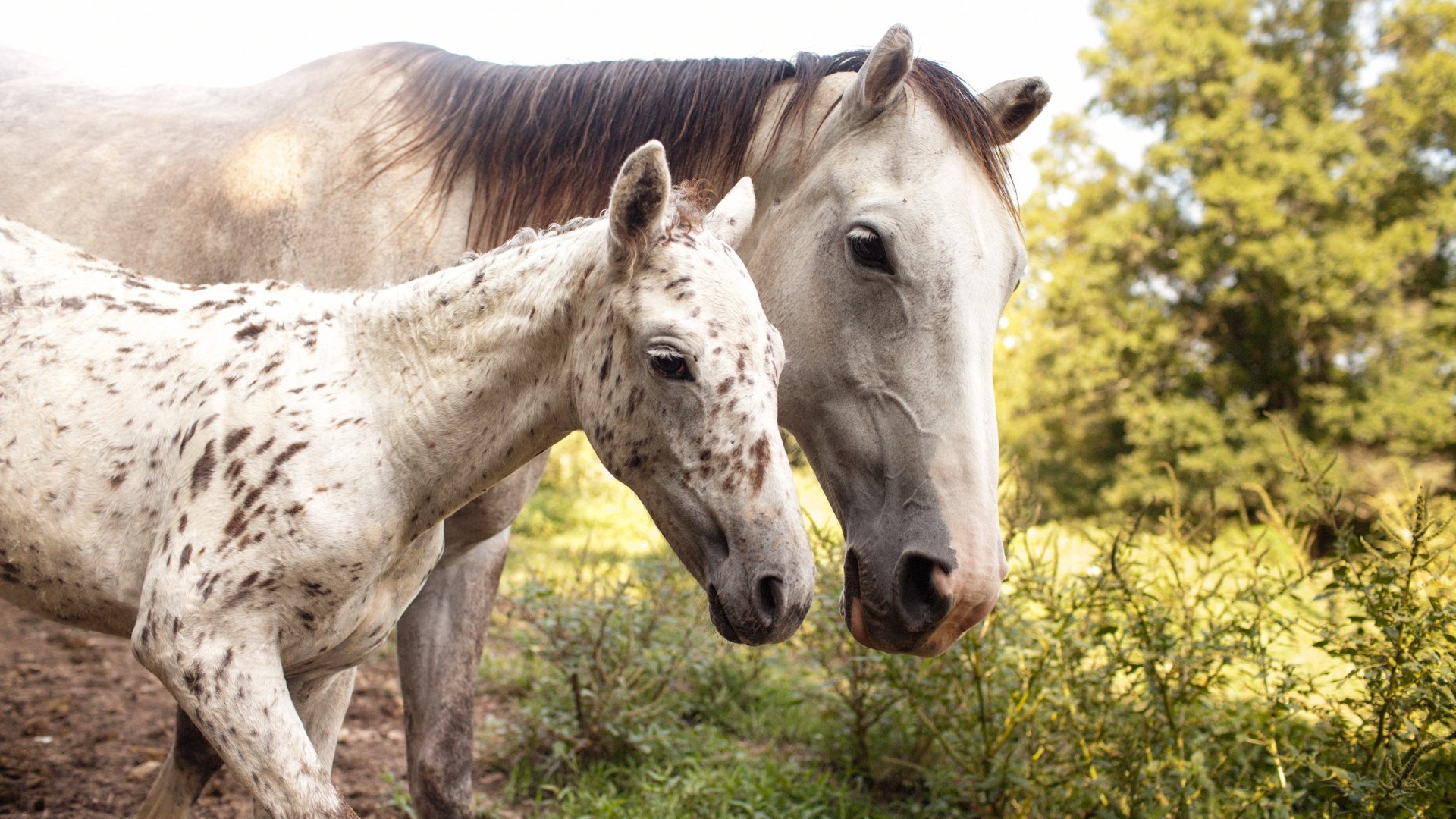
Centuries-old horse skeletons from the American Southwest are helping rewrite a colonial myth: When the Spanish colonized the region in the 17th century, they didn't introduce horses to Indigenous people, as long thought. Instead, horses were present in the Southwest long before Europeans, and were traded by Indigenous people who formed close, sacred relationships with them, a new study finds.
Horses lived in North America for millions of years but went extinct at the end of the last ice age, about 11,000 years ago. When Europeans reintroduced horses to what is now the eastern U.S. in 1519, these hoofed mammals radically altered Indigenous ways of life, rapidly causing changes to food production methods, transportation and warfare. In the Southwest, historical Spanish records suggest horses spread throughout the area after the Pueblo Revolt in 1680, when Indigenous people forced Spanish settlers out of what is now New Mexico. But these records, made a century after the revolt, do not align with the oral histories of the Comanche and Shoshone people, who document horse use far earlier.
Using tools such as radiocarbon dating, ancient and modern DNA analysis and isotope analysis (isotopes are elements with varying numbers of neutrons in their nuclei), a large and diverse team of researchers from 15 countries and multiple Native American groups, including members of the Lakota, Comanche and Pawnee nations, have now determined that horses did indeed spread across the continent earlier and faster than previously assumed.

In a research paper published Thursday (March 30) in Science, the researchers detailed how they tracked down 33 horse specimens from archaeological collections across the U.S. in order to reconstruct Indigenous human-horse relationships. "The horses that are the focus of our study are those from definitively Indigenous contexts in the Southwest and the Great Plains," study co-author William Taylor, an archaeologist at the University of Colorado Boulder, told Live Science in an email.
The team discovered that two horses — one from Paa'ko Pueblo, New Mexico, and one from American Falls, Idaho — dated from the early 1600s, decades before Spanish settlers arrived in that area. By 1650, horses abounded in the Southwest and Great Plains, the researchers found.
Related: World's 1st horseback riders swept across Europe roughly 5,000 years ago

DNA comparisons between the historical horse skeletons and contemporary horse genomes revealed that they were closely related to Spanish horse bloodlines. The horses studied, however, were not directly imported from Europe. It's likely that domestic horses were dispersed from Spanish settlements along Indigenous trading routes in the early 17th century. By analyzing the elemental variation of several horse teeth, the researchers found that the animals were raised locally and were fed maize, a key Indigenous domesticated crop.
Finally, by looking closely at the horse skeletons, the researchers determined that the animals had been cared for and ridden. A healed fracture on the face of a young foal from Blacks Fork, Wyoming, suggests that it received some sort of veterinary care, while dental damage and bony changes in a horse skull found at Kaw River, Kansas, are likely evidence of bridling and riding in the mid-17th century.

"Our findings have deep ramifications for our understanding of social dynamics in the Great Plains during a period of disruptive social changes for Indigenous peoples," the researchers wrote in their paper. For example, it had long been assumed that the Comanche people migrated south to acquire horses from the Spanish. Instead, "our new data suggest that ancestral Comanche had already integrated horse raising, ritual practices, and transport into their lifeways at least a full half century before their southward migration," the authors wrote.
Nicole Mathwich, an archaeologist at San Diego State University who was not involved in the study, told Live Science in an email that this paper "provides exciting new evidence" that "clearly shows horses spread along Native social networks in North America, allowing them to develop their own relationships with the horse." Mathwich also said the work is "innovative" because of the "continent-wide scope of the study and its incorporation of Indigenous scientific perspectives throughout the research process. "
Given the importance of horses to Indigenous people such as the Lakota, whose relationship with the animal is one of great reverence for a sacred relative, it's possible this study may start a shift in the archaeological community's handling of animal remains, which often don't receive as much analysis as human remains do, said study co-author Chance Ward, a graduate student at the University of Colorado Boulder who was raised on the Cheyenne River Reservation in South Dakota.
"This project is a chance for us as Native people to put our voices out there and take better care of important and sacred animals in museum collections," Ward said in a statement.







